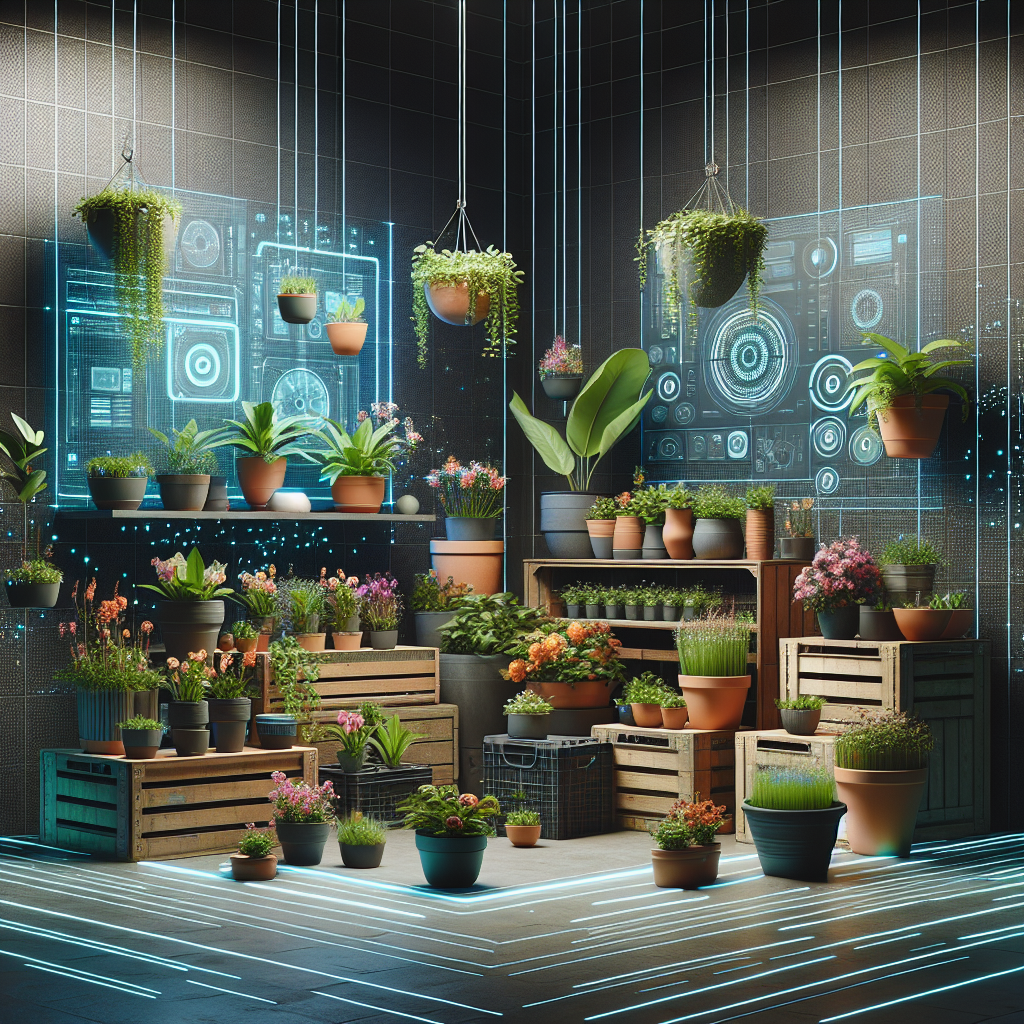Introduction
Container gardening is a popular choice for urban gardeners who have limited space but still want to enjoy the benefits of growing their own plants. A container gardening book can be a valuable resource for beginners and experienced gardeners alike, providing in-depth knowledge on plant selection, container types, soil choices, watering techniques, and more. In this blog post, we will explore the essential components of a container gardening book, drawing insights from industry experts to help you create a thriving container garden of your own.
1. Introduction to Container Gardening
Container gardening involves growing plants in pots, planters, hanging baskets, or any other containers rather than planting them directly in the ground. The principles of container gardening revolve around providing adequate growing conditions for plants within a confined space.
According to The American Horticultural Society, "Container gardening allows individuals with restricted outdoor space to still enjoy the benefits of gardening, bringing nature and beauty to their urban environment."
Benefits and Challenges of Gardening in Containers
While container gardening offers the flexibility to garden in limited spaces, it comes with its unique set of challenges. The lack of direct access to the ground means plants rely entirely on the resources provided within the containers. Factors such as water retention, soil quality, and root space must be carefully managed to ensure plant health and growth.
2. Choosing the Right Containers
Selecting the appropriate containers is crucial for the success of a container garden. The choice of containers, whether pots, planters, hanging baskets, or specialized containers, impacts plant growth and maintenance.
Master Gardener, Mary Hockenberry Meyer, advises, "Select containers that provide adequate space for plant roots to grow and have drainage holes at the bottom to prevent waterlogging."
3. Selecting Plants for Containers
When choosing plants for containers, it is essential to consider their light requirements, growth habits, and mature size. This ensures that plants thrive in their confined environment and do not outgrow the containers prematurely.
The Royal Horticultural Society recommends, "Consider the mature size of the plants you choose to avoid overcrowding in containers, which can lead to competition for resources and stunted growth."
4. Soil and Fertilizer
The selection of the right soil and fertilizers is vital for container gardening success. Container soils should be well-draining, lightweight, and nutrient-rich to support healthy root growth and overall plant development.
Soil scientist, Dr. Linda Chalker-Scott, emphasizes, "Container soils should be well-draining, lightweight, and nutrient-rich to support healthy root growth and plant development."
5. Watering and Maintenance
Proper watering techniques play a critical role in container gardening. Monitoring soil moisture levels, preventing waterlogging, and addressing pest and disease issues are essential aspects of maintaining a thriving container garden.
Garden designer, Julie Moir Messervy, suggests, "Water containers thoroughly until water runs out of the drainage holes, ensuring that the entire root zone is hydrated, and practice regular maintenance to keep plants healthy."
Implications and Conclusion
A container gardening book serves as a valuable tool for urban gardeners seeking to maximize their gardening potential within confined spaces. By following expert advice and best practices, gardeners can create vibrant container gardens that flourish despite space limitations. The key lies in understanding and adapting container gardening techniques to meet the specific needs of the plants and environmental conditions.
Call to Action
Explore the variety of container gardening books available to deepen your understanding and hone your container gardening skills. Engage with fellow gardeners through online platforms and forums to share experiences, gather insights, and expand your gardening knowledge. Happy gardening!
Topics




